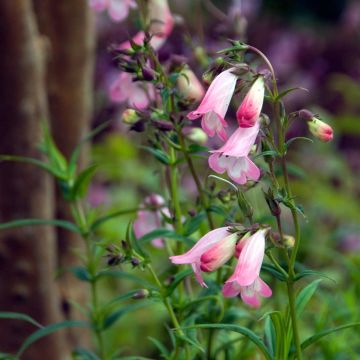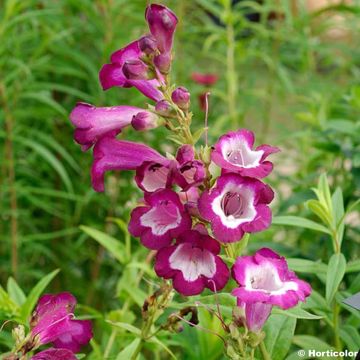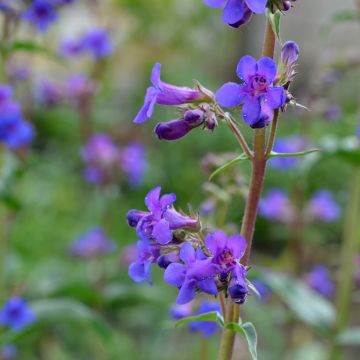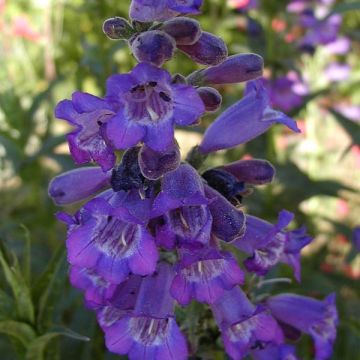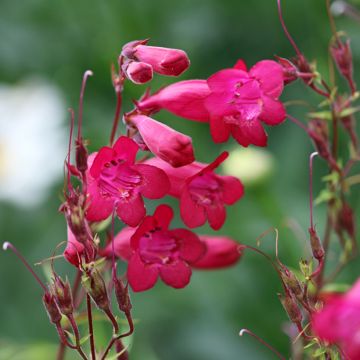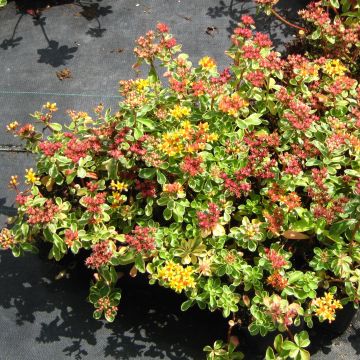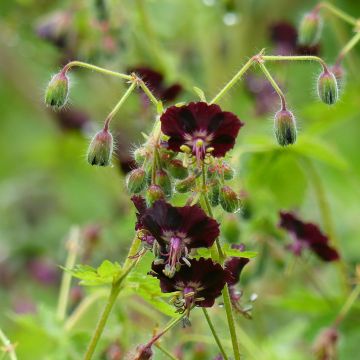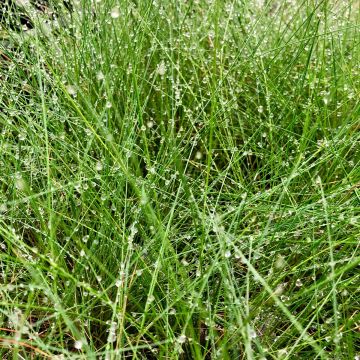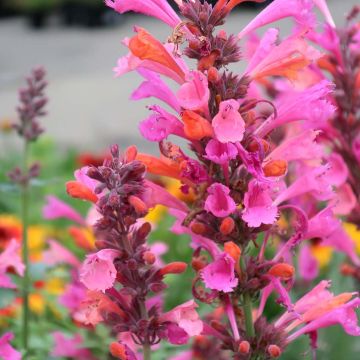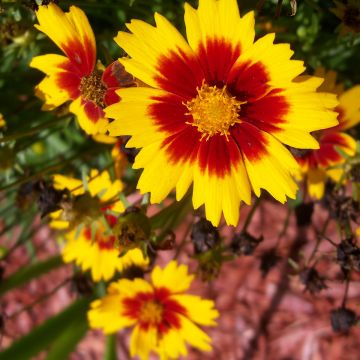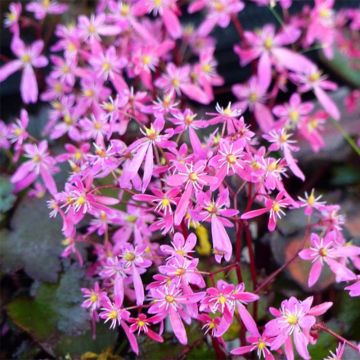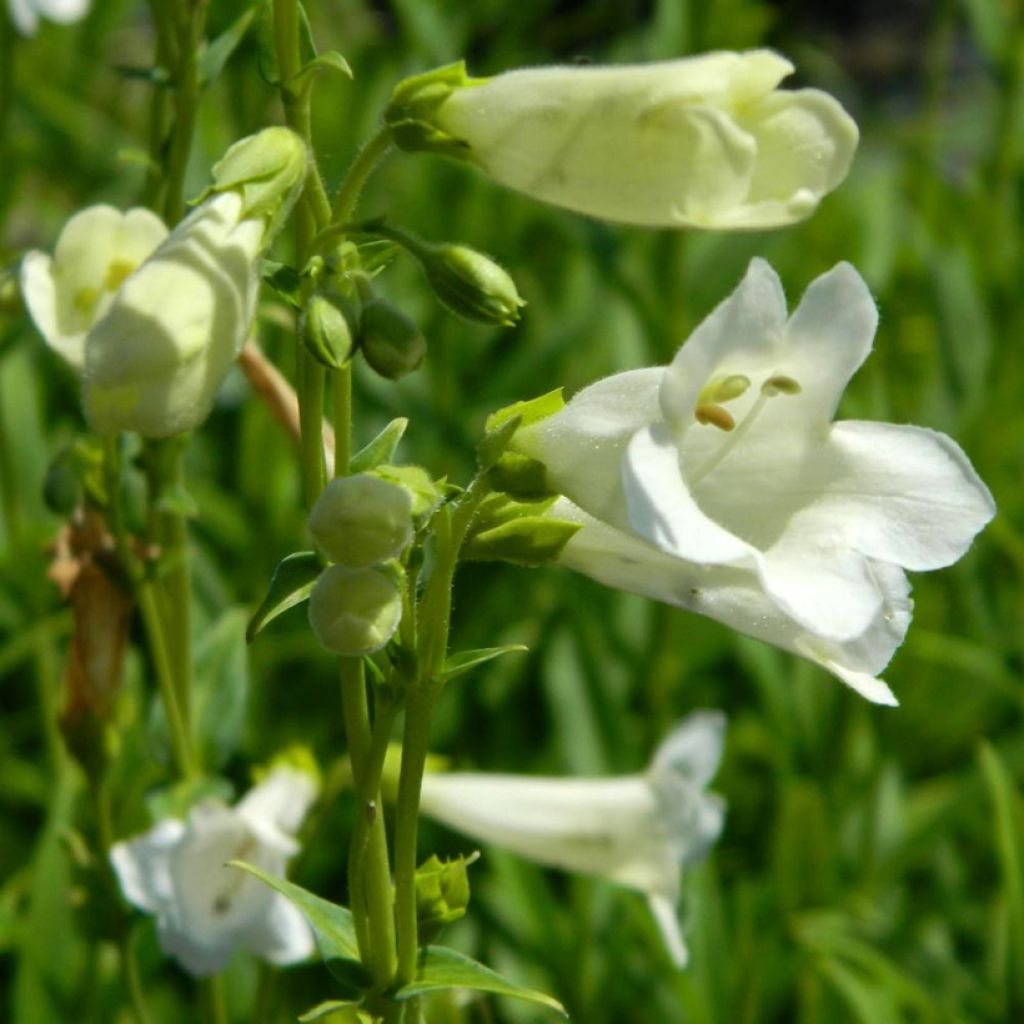

Penstemon x hybrida Pensham Wedding Day
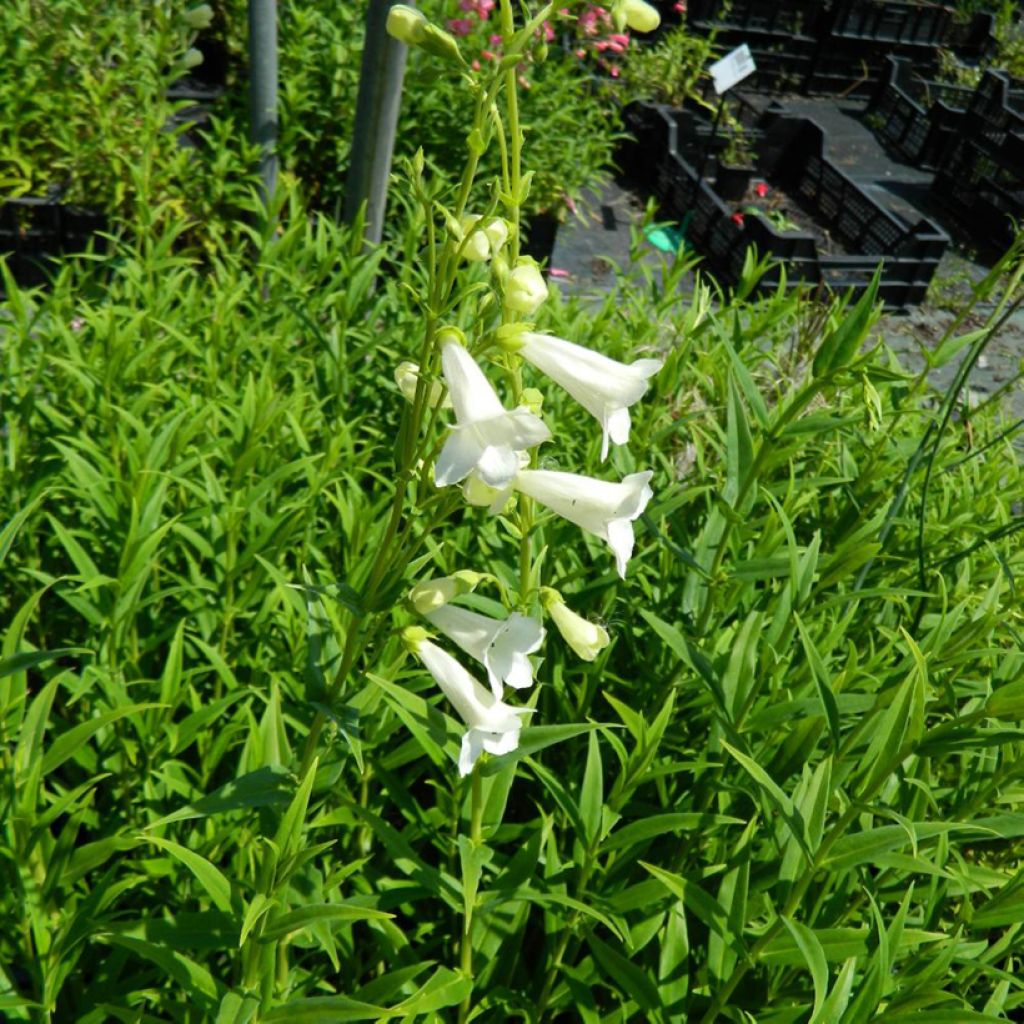

Penstemon x hybrida Pensham Wedding Day
Penstemon x hybrida Pensham Wedding Day
Penstemon x hybrida Pensham Wedding Day
Beardtongue, Hybrid Penstemon
This item cannot be shipped to the selected country
Delivery charge from €5.90
More information
Schedule delivery date,
and select date in basket
This plant carries a 12 months recovery warranty
More information
We guarantee the quality of our plants for a full growing cycle, and will replace at our expense any plant that fails to recover under normal climatic and planting conditions.
From €5.90 for pickup delivery and €6.90 for home delivery
Express home delivery from €8.90.
Does this plant fit my garden?
Set up your Plantfit profile →
Description
The Penstemon 'Pensham Wedding Day' is a variety of beardtongue with flowers of a clear ivory white that emerge from pure white buds. Beloved by pollinators, this hybrid penstemon blooms from May to October, and even longer, on green and sturdy stems. Indifferent to rain, slightly dry soils, and cold autumns, its semi-evergreen foliage deters slugs and proves to be long-lasting in well-drained soil.
The Penstemon 'Pensham Wedding Day' is a bushy and woody perennial plant belonging to the scrophulariaceae family, just like foxgloves and snapdragons. Like many hybrid penstemons, it is the result of cross-breeding several species, mostly from Central and North America. This variety quickly forms upright and bushy clumps, reaching a height of 70 to 80 cm, with a minimum diameter of 40 cm. Its green and branched stems are covered with abundant lanceolate, semi-evergreen foliage of a vibrant green. The flowering period extends from late May to October, provided that faded flowers are regularly removed. It develops at the terminal part of leafy stems. The bell-shaped flowers, measuring 4.5 cm long and wide, are gathered in dense clusters. The pure white flower buds open into immaculate ivory white flowers.
The 'Pensham Wedding Day' beardtongue will delight lovers of white gardens. This perennial can be planted in borders or mass plantings. Its delicate flowering can punctuate a mixed border to bring cohesion to various colors. In a white garden, it can be paired with Dahlias, Agapanthus, Gauras, and annuals such as cosmos. It also performs well in large pots, with proper drainage and regular fertilization. Penstemons also make excellent cut flowers.
Report an error about the product description
Flowering
Foliage
Plant habit
Botanical data
Penstemon
x hybrida
Pensham Wedding Day
Scrophulariaceae
Beardtongue, Hybrid Penstemon
Cultivar or hybrid
Other Penstemon
Planting and care
The hardiness of Penstemon 'Pensham' is not its strong point, as it can only withstand temperatures as low as -12° if the soil is well-drained in winter and if the stump is well protected under a thick layer of leaves or straw. To successfully grow hybrid penstemons, the nature of the soil is crucial. They prefer rather rich soils, not too dry in summer, but very well-drained, especially in winter. In excessively wet soils, they quickly rot. In cool climates, place the plants in a warm and sunny location, sheltered from cold winds (south or west exposure). In hot climates, choose a cooler and semi-shady exposure. In very cold regions, it is advisable to take stem cuttings in autumn.
They do not suffer from any specific diseases. This plant requires minimal maintenance, but when removing faded flowers in autumn, make sure to slightly shorten the stem without cutting it to the ground, especially in regions with humid winters. Indeed, the foliage plays an important role in moisture regulation. Wait until spring is well established (March-April) to prune branches with foliage damaged by cold. If the summer is dry, water regularly to support flowering. In the coldest regions, cover the stump with glass or a frame to protect it from severe cold. Divide your penstemons every three or four years to rejuvenate them, but also wait until spring to perform this operation.
Planting period
Intended location
Care
-
, onOrder confirmed
Reply from on Promesse de fleurs
Summer flowering perennials
Haven't found what you were looking for?
Hardiness is the lowest winter temperature a plant can endure without suffering serious damage or even dying. However, hardiness is affected by location (a sheltered area, such as a patio), protection (winter cover) and soil type (hardiness is improved by well-drained soil).

Photo Sharing Terms & Conditions
In order to encourage gardeners to interact and share their experiences, Promesse de fleurs offers various media enabling content to be uploaded onto its Site - in particular via the ‘Photo sharing’ module.
The User agrees to refrain from:
- Posting any content that is illegal, prejudicial, insulting, racist, inciteful to hatred, revisionist, contrary to public decency, that infringes on privacy or on the privacy rights of third parties, in particular the publicity rights of persons and goods, intellectual property rights, or the right to privacy.
- Submitting content on behalf of a third party;
- Impersonate the identity of a third party and/or publish any personal information about a third party;
In general, the User undertakes to refrain from any unethical behaviour.
All Content (in particular text, comments, files, images, photos, videos, creative works, etc.), which may be subject to property or intellectual property rights, image or other private rights, shall remain the property of the User, subject to the limited rights granted by the terms of the licence granted by Promesse de fleurs as stated below. Users are at liberty to publish or not to publish such Content on the Site, notably via the ‘Photo Sharing’ facility, and accept that this Content shall be made public and freely accessible, notably on the Internet.
Users further acknowledge, undertake to have ,and guarantee that they hold all necessary rights and permissions to publish such material on the Site, in particular with regard to the legislation in force pertaining to any privacy, property, intellectual property, image, or contractual rights, or rights of any other nature. By publishing such Content on the Site, Users acknowledge accepting full liability as publishers of the Content within the meaning of the law, and grant Promesse de fleurs, free of charge, an inclusive, worldwide licence for the said Content for the entire duration of its publication, including all reproduction, representation, up/downloading, displaying, performing, transmission, and storage rights.
Users also grant permission for their name to be linked to the Content and accept that this link may not always be made available.
By engaging in posting material, Users consent to their Content becoming automatically accessible on the Internet, in particular on other sites and/or blogs and/or web pages of the Promesse de fleurs site, including in particular social pages and the Promesse de fleurs catalogue.
Users may secure the removal of entrusted content free of charge by issuing a simple request via our contact form.
The flowering period indicated on our website applies to countries and regions located in USDA zone 8 (France, the United Kingdom, Ireland, the Netherlands, etc.)
It will vary according to where you live:
- In zones 9 to 10 (Italy, Spain, Greece, etc.), flowering will occur about 2 to 4 weeks earlier.
- In zones 6 to 7 (Germany, Poland, Slovenia, and lower mountainous regions), flowering will be delayed by 2 to 3 weeks.
- In zone 5 (Central Europe, Scandinavia), blooming will be delayed by 3 to 5 weeks.
In temperate climates, pruning of spring-flowering shrubs (forsythia, spireas, etc.) should be done just after flowering.
Pruning of summer-flowering shrubs (Indian Lilac, Perovskia, etc.) can be done in winter or spring.
In cold regions as well as with frost-sensitive plants, avoid pruning too early when severe frosts may still occur.
The planting period indicated on our website applies to countries and regions located in USDA zone 8 (France, United Kingdom, Ireland, Netherlands).
It will vary according to where you live:
- In Mediterranean zones (Marseille, Madrid, Milan, etc.), autumn and winter are the best planting periods.
- In continental zones (Strasbourg, Munich, Vienna, etc.), delay planting by 2 to 3 weeks in spring and bring it forward by 2 to 4 weeks in autumn.
- In mountainous regions (the Alps, Pyrenees, Carpathians, etc.), it is best to plant in late spring (May-June) or late summer (August-September).
The harvesting period indicated on our website applies to countries and regions in USDA zone 8 (France, England, Ireland, the Netherlands).
In colder areas (Scandinavia, Poland, Austria...) fruit and vegetable harvests are likely to be delayed by 3-4 weeks.
In warmer areas (Italy, Spain, Greece, etc.), harvesting will probably take place earlier, depending on weather conditions.
The sowing periods indicated on our website apply to countries and regions within USDA Zone 8 (France, UK, Ireland, Netherlands).
In colder areas (Scandinavia, Poland, Austria...), delay any outdoor sowing by 3-4 weeks, or sow under glass.
In warmer climes (Italy, Spain, Greece, etc.), bring outdoor sowing forward by a few weeks.

































